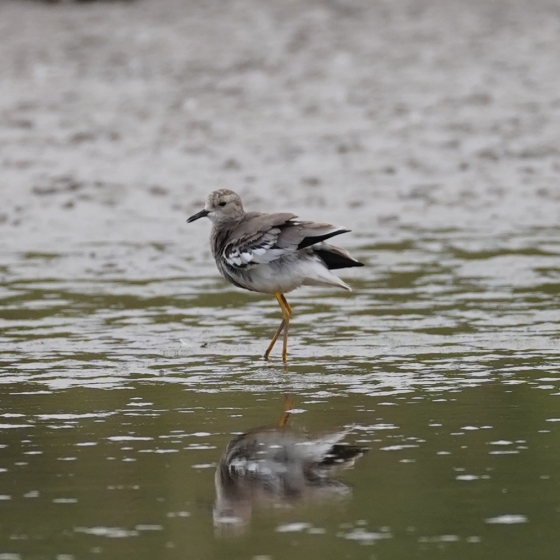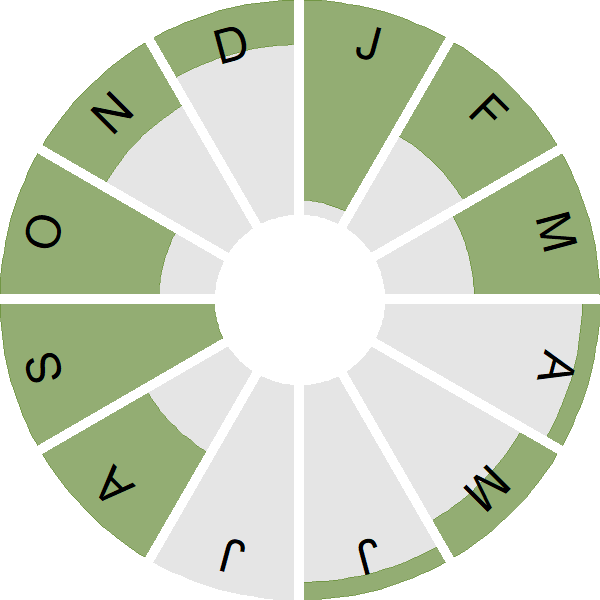White-tailed Lapwing

Introduction
A cousin of the Lapwing, this wader has striking yellow legs and occurs near water in central Asia and the Middle East, but is only an extremely rare visitor to Britain.
Added to the British List following a bird at Packington, Warwickshire in July 1975, with a handful of subsequent records.

Key Stats
Status and Trends
Conservation Status
Population Size
Population Change
Population trends of this scarce species are not routinely monitored.
Distribution
This species is a rare vagrant and was recorded during Bird Atlas 2007–11 as shown on the map.
or view it on Bird Atlas Mapstore.
European Distribution Map
Distribution Change
This vagrant is too rarely reported to map distribution change.
Seasonality
White-tailed Lapwing is a very rare vagrant; a recent long-staying individual accounts for many of these records.
Weekly pattern of occurrence
The graph shows when the species is present in the UK, with taller bars indicating a higher likelihood of encountering the species in appropriate regions and habitats.

Movement
Britain & Ireland movement
Biology
Survival and Longevity
Survival is shown as the proportion of birds surviving from one year to the next and is derived from bird ringing data. It can also be used to estimate how long birds typically live.
Classification, names and codes
Classification and Codes
- Order: Charadriiformes
- Family: Charadriidae
- Scientific name: Vanellus leucurus
- Authority: MHK Lichtenstein, 1823
- BTO 2-letter code: VN
- BTO 5-letter code: WHTPL
- Euring code number: 4920
Alternate species names
- Catalan: fredeluga cuablanca
- Czech: keptuška beloocasá
- Danish: Sumpvibe
- Dutch: Witstaartkievit
- Estonian: valgesaba-kiivitaja
- Finnish: suohyyppä
- French: Vanneau à queue blanche
- German: Weißschwanzkiebitz
- Hungarian: fehérfarkú lilebíbic
- Icelandic: Flóavepja
- Italian: Pavoncella codabianca
- Latvian: baltastes kivite
- Lithuanian: baltauodege pempe
- Norwegian: Sumpvipe
- Polish: czajka stepowa
- Portuguese: abibe-de-cauda-branca
- Slovak: cíbik bielochvostý
- Slovenian: belorepa priba
- Spanish: Avefría coliblanca
- Swedish: sumpvipa
- Welsh: Cornchwiglen Gynffonwen

